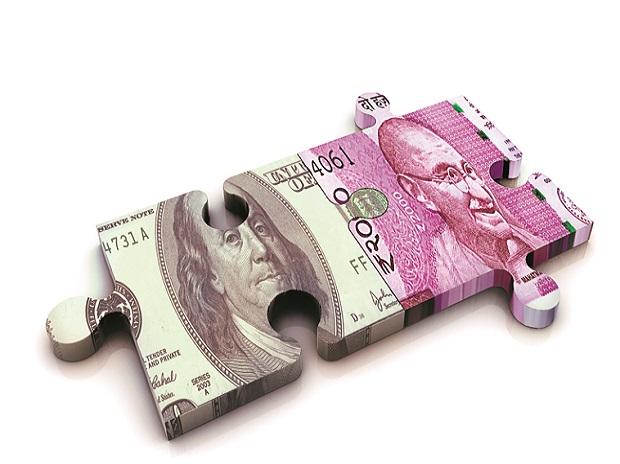The value of currency changes with economic conditions and policies. The rupee has depreciated to almost 5.3% during March, as its value slumped up to a record closing value of 75.20 against the US dollar. As the investors worldwide panicked about the economic fallout of COVID-19 pandemic, which made them opt for the relative safety of greenback and cash. On July 7th, the rupee closed at 74.94 a dollar, from its previous close of 74.69.
This situation can be compared to the Global Financial Crisis that happened in 2008. The widespread uncertainty of the COVID-19 outbreak caused investors and business worldwide to conserve cash and U.S dollar, most crucial assets. Foreign institutional investors sold more than $12 billion of shares and bonds as of March 20, 2020. Most currencies across the world saw their currency depreciating like Indian rupee against their US counterpart. The intensity of aversion for risk on investors, caused by the outbreak of COVID-19 is so high that they even sold god and government bonds which are perceived as the safest, to keep back the most liquid asset US dollar.
As a consequence of defense spending, the demand for the US dollar rose, even when RBI has gathered all the greenback from sales of Jio’s stake. The turn of RBI into the forwards market increased its currency intervention. Currency dealers mentioned the increase in forwards premium which indicates spot buying of dollars and then selling in forwards market. Stock exchanges that helped RBI to accumulate dollars also rose on the other side. The jump in the value of rupee can be visible when the central bank buys dollars at the spot and sells them in the forwards market. The 10 paise surge in 12-month forwards premium is 3.96% which is still slower than 4.5% that still prevails in the market. Even the premium may jump up to 6% in the future if a shortage in dollars is anticipated.
Importers have used hedging and RBI helps to keep the premium low, well the demand for hedging pushes up the premium. The low premium may be due to liquidity position, which can be intentional. RBI has over $500 billion foreign exchange reserves that keep accumulating every month. IFA Global pointed out that it’s interesting to see how RBI allows the rupee to adjust, RBI has always kept its speculators at bay and never allowed to build up in any direction. Added that there can be a new normal level for the rupee now.

